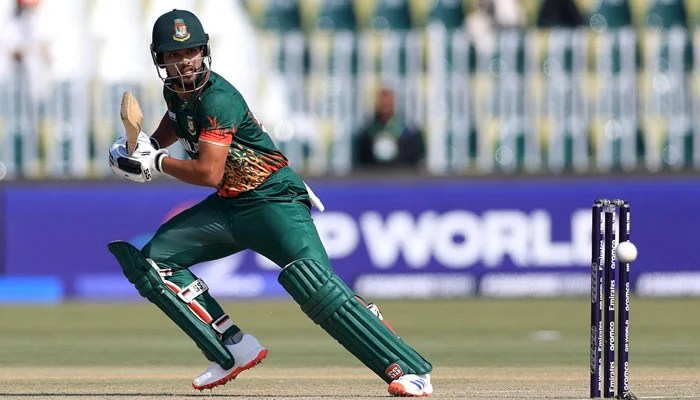How Wearable Tech Shapes the Game and the Odds

Football used to be measured in goals, cards, and the occasional tally of corners. Now it’s measured in heartbeats, sweat levels, and how many meters a player runs before slowing down. The rise of wearable technology such as GPS vests, smart boots, biometric trackers and others has turned every match into a stream of living data. Coaches use it to sharpen tactics. Bettors watch it to sharpen predictions.
The Silent Observers
Look at a training pitch today and you’ll notice players moving with small devices tucked between their shoulder blades. Those units log everything: acceleration, top speed, distance covered, even when fatigue sets in. For a manager, it means no guesswork. You know if your winger is burning out before he does. You know whether your striker still has pace left in his legs for the weekend fixture.
These silent observers have changed the rhythm of football. Line-ups are no longer just based on reputation; they’re based on hard numbers about who’s fit, who’s fading, and who can last the ninety minutes.
Betting’s Extra Layer
For betting markets like Botswana betting, that flow of information is gold. A bettor who once judged form by last week’s scoreline now has access to deeper signals. If data shows a midfielder logging fewer sprints in recent matches, odds on his team to control possession might slip. If a goalkeeper’s reaction time dips over a stretch of games, sharp bettors notice.
It’s not that wearable data is posted on every bookmaker’s site. But the ripple effect is clear: as teams use it to fine-tune performance, betting models pick up the patterns. Injury risk, fatigue, recovery rates – to name a few, all of it feeds into probabilities that shift the numbers on the screen.
Fans in on the Secret
Supporters, too, are catching glimpses of this hidden layer. Broadcasters occasionally flash graphics showing “distance covered” or “highest speed.” It gives fans a taste of the same data analysts pore over daily. Suddenly, the eye test is backed by evidence. That winger you thought looked sluggish? The numbers prove it. The striker who seemed sharper than usual? His sprint count says you’re right. It doesn’t just enrich the conversation, it makes football feel more transparent, less mystical.
Where It Could Go
The future might be even more radical. Imagine live betting lines updating not just by goals and fouls, but by biometric signals. A forward’s fatigue spikes? Odds on him scoring shift in real time. A defender’s sprint distance drops below average? Suddenly, markets open on the opposition’s left flank.
There are limits, of course. Privacy concerns loom, and players won’t want every heartbeat sold as a betting market. But the direction is clear: wearable tech isn’t just shaping how football is played, it’s shaping how it’s watched, analysed, and even wagered on.
A New Layer of Truth
At its heart, football is still about the ball, the crowd, and the result. But wearable technology has added a new layer of truth beneath the surface. For coaches, it’s a tool. For bettors, it’s an edge. For fans, it’s another reason to marvel at how much of the modern game now lives not just on the pitch, but in the numbers written on the body.
The post How Wearable Tech Shapes the Game and the Odds appeared first on Ten Sports TV.

















































